SUMMARY
This is AI generated summarization, which may have errors. For context, always refer to the full article.
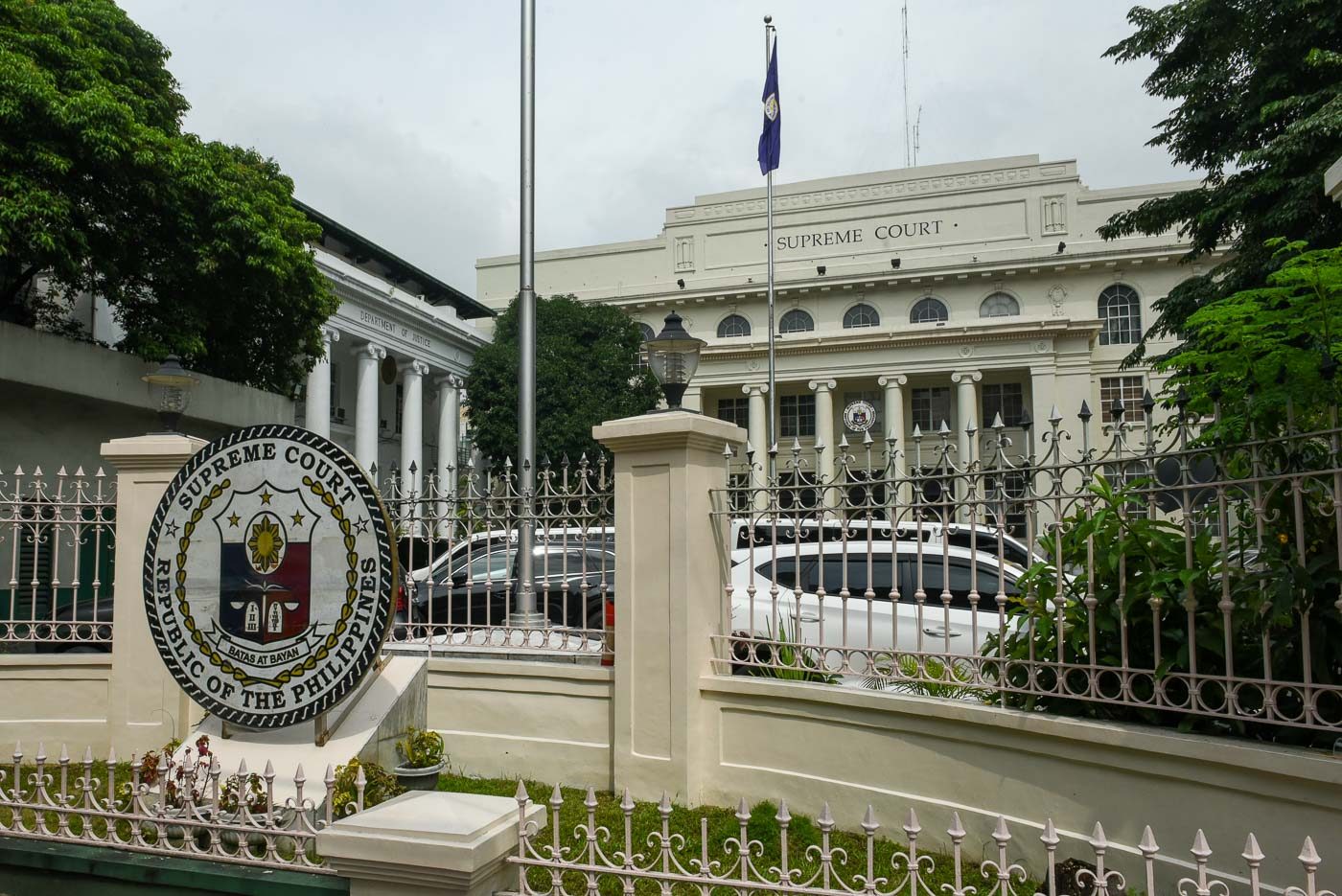
MANILA, Philippines – The Supreme Court (SC) is set to finish its review on protective writs by early next year.
During the judiciary’s budget deliberations at the House of Representatives on Thursday, September 21, ACT Teachers Representative France Castro asked the judiciary for its timeline on the writs: “Kailan po ba ang time frame no’ng mga review saka ‘yung final na guidelines kaugnay nito? Mayroon po bang mako-commit ang ating judiciary kaugnay niyan, Mr. Speaker?“
(What is the time frame of the said reviews, and the final guidelines of the writs? Can the judiciary make a commitment with regards to it, Mr. Speaker?)
“The timeline is early next year, Mr. Speaker,” Davao de Oro 2nd District Representative Ruwel Peter Gonzaga said during the plenary debates. Gonzaga sponsors the judiciary’s budget and by tradition, the lawmaker sponsoring an agency’s budget answers questions on the agency’s behalf.
Concerns on the review of the protective writs already floated as early as 2020. Also during the judiciary’s budget deliberations, then-court administrator and current Associate Justice Jose Midas Marquez promised that the SC would review the extraordinary protective writs to strengthen them in protecting activists and human rights defenders.
Among these protective writs is the writ of amparo, which is usually a protection order in the form of a restraining order. The writ of habeas data normally compels the government to destroy information that could cause harm.
The rules on these protective writs were promulgated under former president Gloria Macapagal-Arroyo to respond to the high number of disappearances and extrajudicial killings back then.
In 2021, the SC made a more solid announcement about the review of the said writs at the height of threats against legal professionals. However, the SC only did the review after years of repeated appeals to revise and strengthen the writs.
Protective writs, including the writ of habeas corpus used against illegal detention, are said to have weakened especially under former president Rodrigo Duterte. Progressive individuals had difficulties securing writs, like in the case of Negros activist Zara Alvarez, who pleaded the court in 2019 for a protection order, but was denied by the Court of Appeals. She was later shot dead in Bacolod on August 17, 2020.
Later on, some groups and individuals were able to use protective writs, such as in December 2022, when the SC issued a writ of amparo in favor of missing activists Ma. Elena “Cha” Pampoza and Elgene “Leleng” Mungcal.
The High Court compelled the police and the military to explain their disappearance, and issued a temporary protection order that prohibited the respondents from going within a radius of one kilometer near the petitioners and their families. – Rappler.com
Add a comment
How does this make you feel?
![[In This Economy] Why Marcos is getting high on unprogrammed funds](https://www.rappler.com/tachyon/2024/07/TL-marcos-program-funds-july-19-2024.jpg?resize=257%2C257&crop=265px%2C0px%2C720px%2C720px)
![[In This Economy] Is the Marcos government unlawfully dipping into PhilHealth funds?](https://www.rappler.com/tachyon/2024/07/marcos-government-philhealth-funds-july-12-2024.jpg?resize=257%2C257&crop=425px%2C0px%2C1080px%2C1080px)
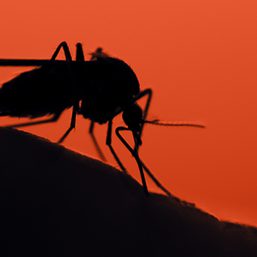




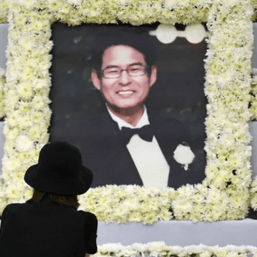
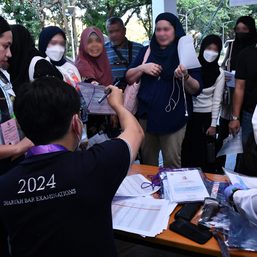

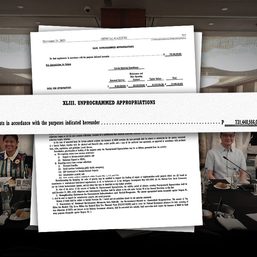
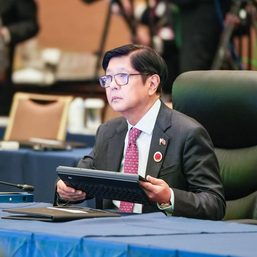

There are no comments yet. Add your comment to start the conversation.